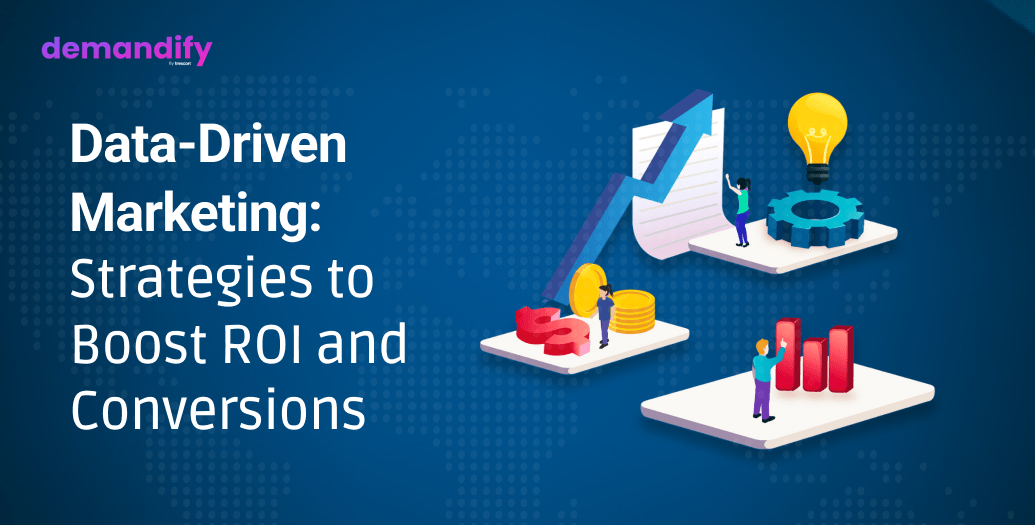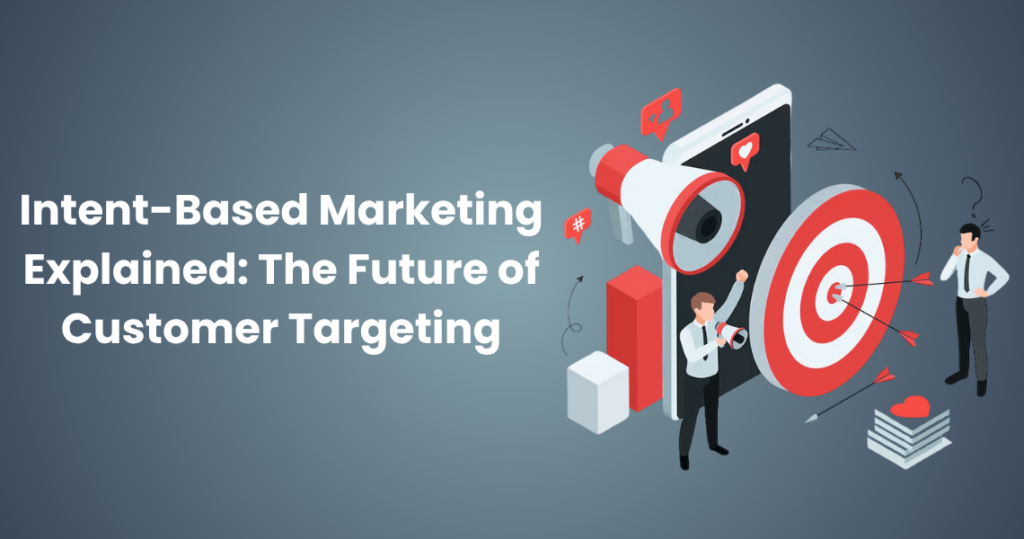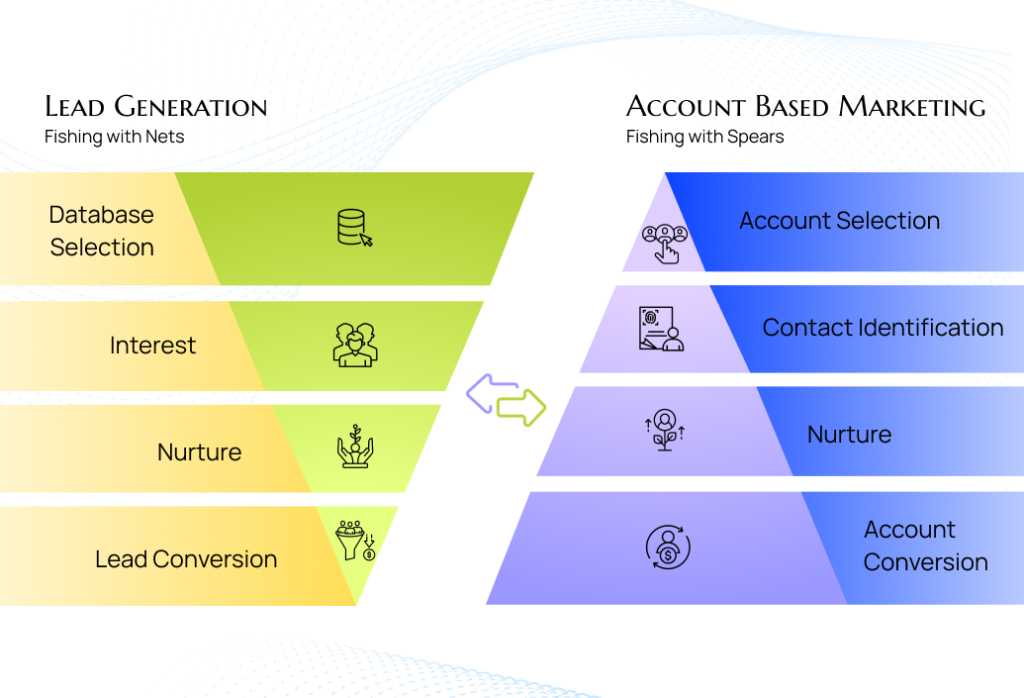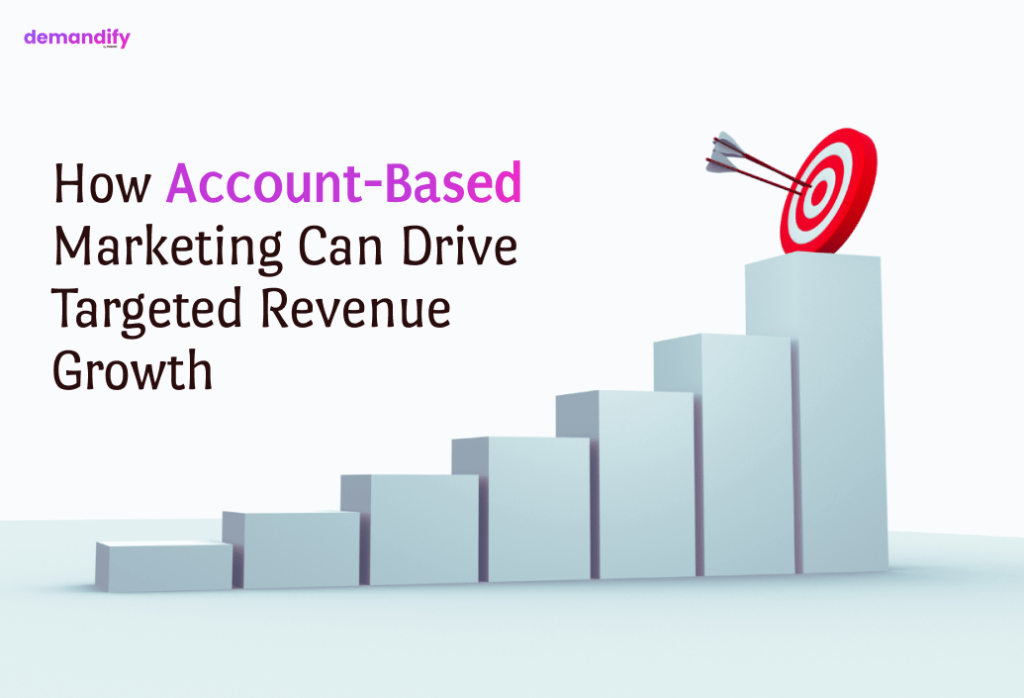
Data-Driven Marketing: Strategies to Boost ROI and Conversions
In today’s digital landscape, data-driven marketing is the foundation of successful firms. With the appropriate tactics, businesses can use data to increase ROI, improve consumer engagement, and optimize marketing efforts. Here’s how to use data to increase conversions.
What is Data-Driven Marketing?
Data Driven Marketing is defined as formulating and executing a campaign based on the data, and analysis of the costumer’s behavior. Data and insights along with analytics is what comprises Data Driven Marketing. Data marketing enables a business to maximize informed choices and speculate the actions and decisions of the target audience.
Important Features of Data Driven Marketing
Better Customer Relations – Provide customers with information or deals that they will most appreciate.
Increased Customer Satisfaction – Convey appropriate messages and advertisements when it matters most.
Larger Profits – Increase revenue by eliminating unnecessary expenses and investing in the most beneficial strategies.
Improved Decision Making – Real-time data should be used to adjust marketing strategies.
Higher Response Rate – Get information out to the most applicable individuals.
Most Important Techniques To Adopt In Data Driven Marketing
1. Gathering and Interpreting Data
The initial step in data driven marketing is collecting Behavioral data of consumers. Make use of Google analyzer, CRM applications, and other AI tools to study and analyze consumer behavior, location, and preferences.
2. Audience Classification
By classifying your audience into different groups based on demographics, interests and purchasing behavior you can craft and target more effective advertisement campaigns. Utilize certain techniques like buying pattern predicting analysis.
3. Incorporate Artificial Intelligence and Machine Learning Approaches
AI tools can aid in performing data analysis at a greater scale and improve overall marketing success. The use of Chatbots, suggestions captions, and buying predicting tools helps in preserving relations with customers and boosting their purchasing activities.
4. Implement A/B Testing
This strategy can enable users to test various campaigns and variations of the repaint to determine which nets higher engagement and conversion rates. A/B tests offer a lot of flexibility as marketing and advertising content can range from emails to landing pages and social media ads.
5. Leverage Omnichannel Marketing
Campaigns that distribute paid social media advertising, content marketing, email marketing, and even SEO undergo through the approach of data through multidisciplinary explosion or prevent make more within other channels. This step anchors trust with the clients and improves recognition of the brand.
6. Optimize for SEO and Content Marketing
Marketing focused on optimization will fail unless they take the query intent and modify their model accordingly. Impactful data driven content strategies, SEO keyword targeting, and blog optimization focused on organic traffic and improving generation of leads can transform your brand’s engagement tremendously.
7. Monitor and Refine Campaigns
One of the many benefits of A/B tests is that marketers can analyze and scrutinize the results obtained and observe how the changes led to improvement and perfect the strategy. Google Search Console, heatmaps, and customer feedback analytics are powerful tools for obtaining valuable insights and enhancing marketing campaigns.
Conclusion
Data-enabled marketing is not just an emerging trend, but a crucial component of business strategy in today’s competitive landscape. With the use of data analytics, segmentation, AI, and personalized content, marketers can increase ROI and maximally optimize conversion rates. Applying these strategies will ensure your marketing efforts are maximally potent and your business grows consistently.
Do you want to improve your marketing approach using data? These techniques are ready for use.









This is such a valuable resource—thanks for putting it together.
I love how you always manage to make your posts so relatable.